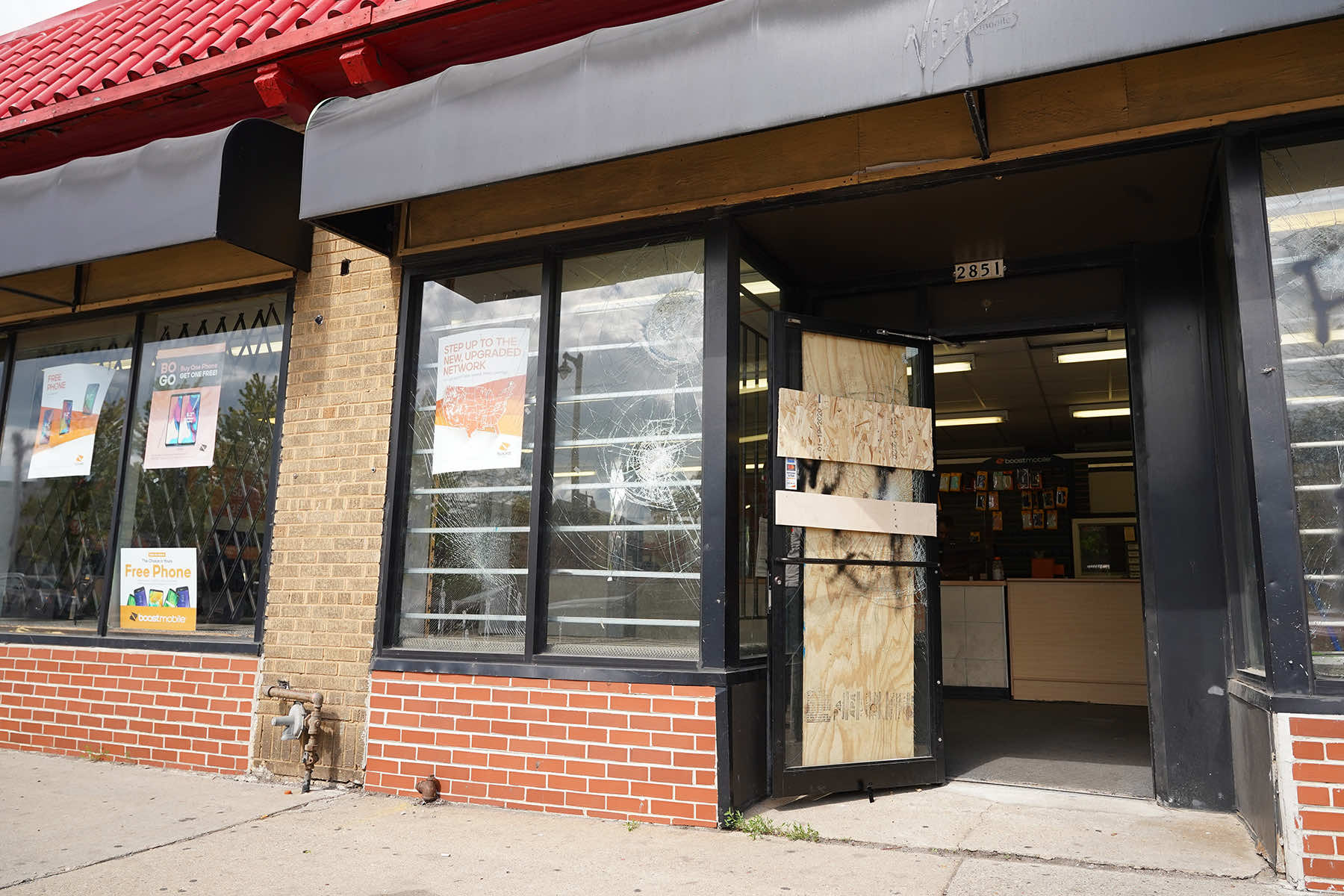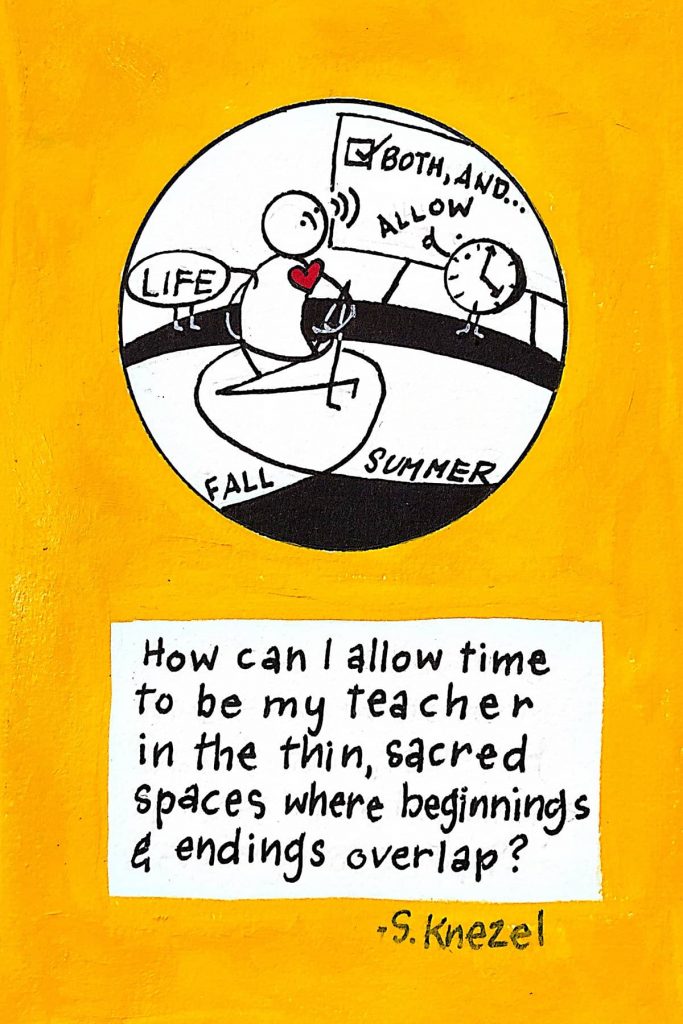
THE STATE OF MILWAUKEE: As a city, Milwaukee stands at the crossroads, where shifting policies, economic pressures, and community efforts are shaping the future of the city’s neighborhoods, businesses, and public services. This feature reviews one of those interconnected and evolving challenges affecting local residents today. Following Mayor Cavalier Johnson’s State of the City 2025 Address on March 3, this article is part of a series that explores everything from policing and public safety to healthcare, education, housing, business, infrastructure, and environmental changes. It also highlights the tension between progress and persistent disparities, focusing on policy decisions, economic realities, and how they impact daily life for Milwaukee residents.
Conversations about crime often dominate local headlines and community gatherings, leaving many residents wondering whether criminal activity in Milwaukee is actually on the rise or if high-profile incidents have skewed public perception, inflamed by political rhetoric.
While there is no single answer, a careful review of available data points to a more nuanced picture. Milwaukee Police Department (MPD) regularly publishes crime statistics online, offering year-to-year comparisons in categories such as violent crime, property crime, and drug-related offenses.
Over the last few years, some categories have seen increases, while others have remained steady or even declined. Observers note that analyzing these figures in isolation does not always reflect deeper social issues or changing law enforcement practices.
Violent crimes, which typically include homicide, aggravated assault, and robbery, often attract the most media attention and fuel the perception that crime is rising. According to publicly released data, Milwaukee saw fluctuations in homicide numbers in recent years.
While there have been noticeable upticks in certain periods, analysts caution that short-term spikes do not necessarily indicate a long-term trend. Property crime rates have also varied. Reports of motor vehicle theft have surged at times, while reports of burglaries have sometimes trended downward. Such mixed findings underscore the complexity of drawing broad conclusions about overall crime rates.
UNDERSTANDING PERCEPTION VS. REALITY
Criminologists often emphasize the gap between how people perceive crime and actual crime statistics. In the age of social media and 24-hour news cycles, dramatic stories tend to circulate widely. A series of high-profile incidents can lead to a heightened sense of fear, even if the overall crime rate remains stable.
Milwaukee residents, especially those in neighborhoods experiencing recurring violence, may have a more acute sense of insecurity, regardless of what citywide data suggests. At community meetings, many express concerns about feeling unsafe, particularly at night. These anxieties are real, even if citywide statistics show that certain crime types are down.
Local officials say public safety strategies must address both the tangible risks and the emotional toll of repeated incidents. They argue that effective crime prevention involves combining accurate data analysis with community outreach efforts that acknowledge residents’ concerns.
HISTORICAL CONTEXT IN MILWAUKEE
Milwaukee has undergone significant shifts in population, economic base, and urban development over the past several decades. Once a major industrial center, the city experienced job losses as manufacturing declined with Corporate America’s shift to overseas labor to maximize profits.
Some criminologists link these economic changes to fluctuating crime rates, arguing that unemployment and poverty can contribute to social unrest. Such issues are not unique to Milwaukee, many cities face similar challenges.
In the 1990s, Milwaukee saw relatively high rates of violent crime, in step with broader national trends. Over time, economic development, community policing initiatives, and other reforms contributed to a decline.
Recent years, however, have brought new variables, including the COVID-19 pandemic’s public health emergency and an evolving debate over policing practices. As a result, the city’s crime data looks different today than it did a decade or two ago, making direct comparisons more complex.
VARIATIONS BY NEIGHBORHOOD
Crime in Milwaukee is not evenly distributed. Certain neighborhoods experience more frequent incidents, while others see relatively low crime rates. This uneven distribution often reflects disparities in income, housing, and education, among other factors. Police data typically indicates higher rates of violent crime in specific pockets of the city’s North and Near West sides, though community advocates caution against generalizations that stigmatize entire areas.
Residents in those neighborhoods point out that they often lack resources like well-funded schools, stable employment opportunities, and robust social services. Without addressing these underlying issues, they say, policing alone cannot provide a lasting reduction in crime. Meanwhile, some neighborhoods with lower crime rates may not perceive an immediate threat, even if citywide data suggests an overall uptick in certain categories.
SHIFTS IN POLICING STRATEGIES
Over the years, MPD has experimented with various policing strategies to address crime in Milwaukee. One widely discussed approach is “community-oriented policing,” which involves building relationships between officers and residents. The idea is to foster trust, encouraging people to report crimes and work collaboratively with law enforcement. While proponents of community policing say it can reduce crime and improve police-community relations, critics question whether these efforts go far enough.
Some data suggests that targeted policing in “hot spots” can be effective for deterring certain types of crime, particularly in areas known for drug activity or gang-related violence. However, opponents worry that over-policing certain neighborhoods can lead to tensions, undermining trust between residents and the department. As debates continue, local leaders say they aim to strike a balance that respects community concerns while maintaining public safety.
ROLE OF ECONOMIC AND SOCIAL FACTORS
Beyond law enforcement, various social factors influence crime rates. High unemployment, limited educational opportunities, and inadequate access to mental health services can correlate with increased criminal activity. Neighborhood groups often stress the need for comprehensive solutions. For instance, job training programs, youth mentorship, and substance abuse counseling can reduce crime by addressing its root causes.
Philanthropic organizations and nonprofits in Milwaukee have launched initiatives to promote job readiness for young adults, hoping to provide alternatives to illicit activity. Some programs focus on vocational training in fields such as construction or technology, aiming to prepare residents for stable, well-paying jobs.
Others emphasize after-school programs or summer opportunities to engage at-risk youth in constructive activities. While it is difficult to draw a direct line between these interventions and shifts in crime data, many community leaders believe they can make a meaningful difference over time.
GUN VIOLENCE AND ITS DRIVERS
One area of particular concern is gun violence. Milwaukee, like many U.S. cities, has witnessed incidents of shootings that draw headlines and spark public outcry. Experts point to several factors, including the ease of illegal firearm acquisition, interpersonal conflicts that escalate quickly, and the presence of gangs in certain neighborhoods.
Community activists say that while improved policing is necessary, reducing gun violence also requires broader strategies, such as stricter regulations on illegal gun trafficking, conflict-resolution programs, and addressing poverty rates.
Faith-based groups, nonprofits and elected officials occasionally host gun buyback events aimed at getting firearms off the streets. Results are mixed, as critics argue the programs often net only older or nonfunctional weapons. Nonetheless, organizers maintain that removing even a few guns from circulation is worthwhile.
The city has expanded violence prevention outreach, assigning specialists to work in neighborhoods experiencing high rates of shootings. These teams aim to mediate conflicts and connect individuals with social services, hoping to intervene before disputes result in gunfire.
THE IMPACT OF RECENT PUBLIC HEALTH CHALLENGES
COVID-19 introduced new stresses in Milwaukee, from economic uncertainties to disruptions in schooling and social routines. Some law enforcement officials note that property crime patterns changed as businesses shuttered or operated at reduced capacity. Meanwhile, heated debates over policing and social justice led to major demonstrations and civil unrest. All of these factors have affected crime reporting and data collection.
While it is still too early to draw firm conclusions, preliminary data indicates some shifts in crime categories during these turbulent periods. Experts warn against overinterpretation, explaining that short-term anomalies may not predict long-term trends. They also note that data must be contextualized with what was happening in the city at the time, whether that was a stay-at-home order or significant changes in policing tactics.
VOICES FROM THE COMMUNITY
At neighborhood gatherings, feelings about crime vary widely. Some Milwaukeeans say they feel safer now than they did a decade ago, citing cleaner parks, lively local businesses, and more community policing efforts. Others worry that new developments push lower-income residents out of gentrifying areas, potentially relocating, rather than solving crime issues.
Parents frequently voice concerns about drug activity near schools. Older residents who have lived in the same neighborhood for decades talk about seeing cycles of crime come and go. Meanwhile, younger community members share stories on social media about break-ins or suspicious activity. These perspectives illustrate that while official statistics matter, personal experiences often shape how residents perceive their safety.
THE DATA DILEMMA
Understanding Milwaukee’s crime statistics requires more than just raw numbers. Criminologists emphasize the importance of disaggregating data by neighborhood, type of offense, and demographic factors. Without these details, policy responses can be misguided. For example, a citywide drop in burglaries might mask a spike in one specific district. Conversely, an uptick in violent crime citywide may overshadow improvements in specific neighborhoods.
Moreover, underreporting of certain offenses complicates matters further. Some victims, particularly those wary of law enforcement, may avoid contacting the police. Others might assume the system will not help. Community outreach programs aim to bridge this gap by encouraging residents to report incidents, ensuring data more accurately reflects reality.
SUCCESS STORIES IN CRIME REDUCTION
Despite lingering concerns, Milwaukee has seen success stories in particular neighborhoods that have worked proactively with local police and nonprofits. These programs often correlate with reduced property crimes, as would-be offenders are deterred by visible community engagement. Safe corridor initiatives around schools also help keep children protected, building trust between families and law enforcement.
Organizations such as youth centers and sports clubs also serve as crime prevention tools. By offering after-school programs and mentorship, they provide positive outlets for young people who might otherwise be vulnerable to gang activity or petty crime. While the correlation is hard to quantify in some cases, these community efforts are widely viewed as beneficial.
Many Milwaukee residents wonder how their city compares with others of similar size. Nationally, crime has been subject to shifts, with some major U.S. cities reporting notable increases in violent offenses over certain periods. Milwaukee’s trends align with some of these broader patterns, but each city’s situation is unique. Factors like local economies, gun laws, policing strategies, and social services all play significant roles.
THE BOTTOM LINE ON CRIME
Milwaukee’s story is not one of unchecked crime waves, nor is it one of guaranteed safety. Official statistics reveal complexities that defy sweeping statements. While certain categories of crime have increased in some neighborhoods, others remain stable or decline.
As the city moves forward, residents, law enforcement, and policymakers face the challenge of balancing perception with reality. Achieving safer communities hinges on more than just policing. It calls for addressing fundamental inequities, supporting youth programs, and investing in local economies.
Whether crime continues to rise or recede, the data suggests that Milwaukee’s path to public safety will require collective commitment and informed long-term strategies.
© Photo
Aaron of L.A. Photography and Gorodenkoff (via Shutterstock)














